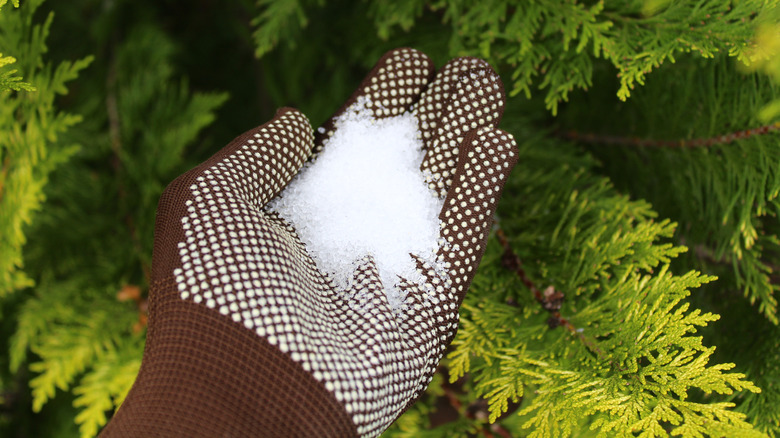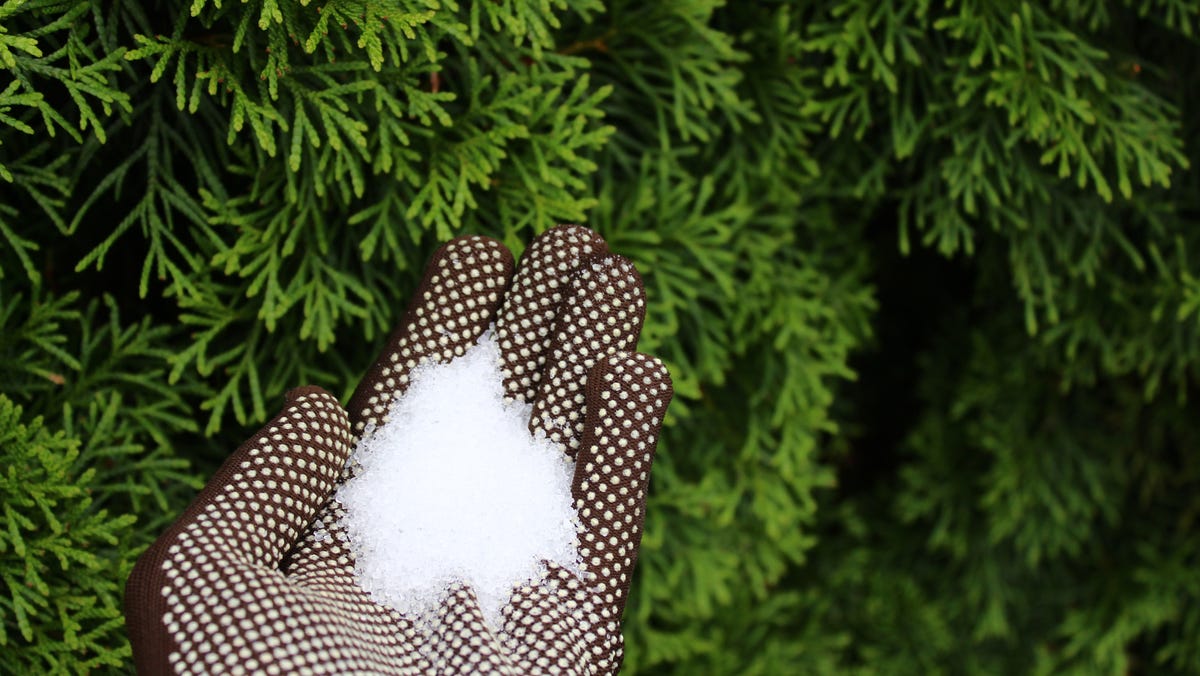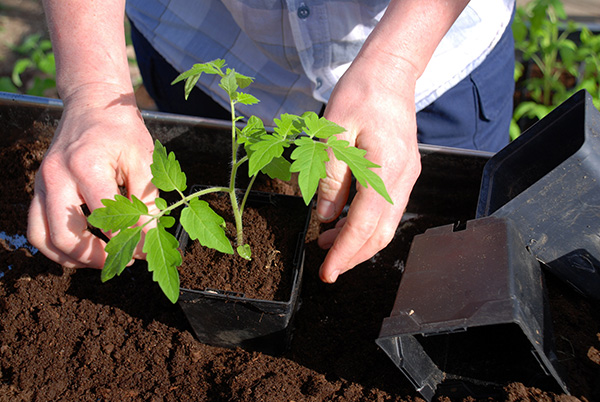What Plants Don't Like Epsom Salt? Tips for Much Better Plant Treatment
What Plants Don't Like Epsom Salt? Tips for Much Better Plant Treatment
Blog Article
Learn About the Certain Plants That Are Negatively Affected by Epsom Salt Application
Epsom salt, a prominent house remedy for various gardening issues, is often praised for its beneficial results on plant development. Recognizing the particular plants that can be adversely impacted by Epsom salt is crucial for any type of gardener looking to enhance their plant care routine.
Roses

Roses, especially delicate to changes in their environment, can be negatively impacted by the application of Epsom salt. While Epsom salt is typically utilized as a fertilizer to promote plant growth and enhance blooming, roses are one of the plants that do not respond well to its application. The high magnesium material in Epsom salt can conflict with the uptake of various other necessary nutrients by the rose plants, causing shortages that materialize as yellowing fallen leaves or stunted development.

Tomatoes
While Epsom salt is usually promoted as a solution for numerous plant issues, including blossom end rot in tomatoes, its application can lead to detrimental end results if not used carefully. Excessive Epsom salt, which is magnesium sulfate, can interfere with the delicate nutrient equilibrium required by tomatoes, potentially leading to deficiencies in various other crucial nutrients like calcium. When taking into consideration the usage of Epsom salt on tomatoes, it is essential to adhere to advised application prices and soil testing to protect against unexpected consequences on the general health and wellness and productivity of these cherished garden plants.
Peppers
Peppers, revered for their different colors and degrees of spiciness, can show vulnerability to adverse effects from Epsom salt when not applied with care and factor to consider for their details nutritional demands. what plants don't like epsom salt. Peppers, belonging to the Solanaceae family, call for a delicate balance of nutrients to grow. While Epsom salt is recognized to enhance magnesium degrees in plants, excessive application can disrupt this stability, causing negative impacts on pepper plants
When peppers are revealed to high degrees of magnesium from Epsom salt, it can disrupt the plant's capacity to absorb various other necessary nutrients like calcium and potassium. This discrepancy might materialize in symptoms such as leaf discoloration, stunted growth, and decreased fruit production. In addition, the too much magnesium can change the dirt pH, additional click this link exacerbating nutrient uptake problems for peppers.

Rhododendrons
Offered the sensitivity of certain plant varieties to imbalances created by Epsom salt, it is crucial to think about the impact on Rhododendrons, which likewise require particular nutrient levels to flourish. Rhododendrons are acid-loving plants that like acidic soil problems with a pH variety in between 4.5 and 6.0. Epsom salt, chemically called magnesium sulfate, can modify the soil pH and interrupt the fragile equilibrium of nutrients important for Rhododendron health.

To maintain the ideal development and health and wellness of Rhododendrons, it is essential to prevent the unplanned use Epsom salt and rather focus on supplying the specific acidic dirt problems and nutrients that these plants require for flourishing.
Azaleas
Azaleas, understood for their dynamic blooms and wide variety of colors, are ornamental shrubs that belong to the read here Rhododendron category. These preferred blooming plants are often found in parks, yards, and landscapes due to their elegance and adaptability. Azaleas are delicate to modifications in dirt pH degrees, which can substantially impact their growth and general health and wellness. While Epsom salt is generally utilized as a remedy for magnesium deficiency in plants, its application to azaleas can have adverse results.
When Epsom salt is put on azaleas, it can alter the soil pH, making it extra acidic. Azaleas like somewhat acidic soil problems, and an extra of magnesium from Epsom salt can interrupt this balance, bring about nutrient inequalities and prospective toxicity concerns. The wrong application of Epsom salt can result in stunted growth, yellowing of fallen leaves, and total decline in the health of azaleas. Consequently, it is critical to be cautious when taking into consideration the usage of Epsom salt on azaleas to protect against any kind of unfavorable consequences on these delicate ornamental bushes.
Verdict
To conclude, it is necessary to be knowledgeable about the specific plants that can be adversely affected by the application of Epsom salt. Roses, tomatoes, peppers, azaleas, and rhododendrons are some instances of plants that may not take advantage of Epsom salt and might even experience harm. It is critical to study and recognize the demands of each plant species prior to using Epsom salt as a fertilizer to guarantee their health and wellness and well-being.
Understanding the specific plants that can be detrimentally impacted by Epsom salt is critical for any gardener looking to enhance their plant treatment regimen. While Epsom salt is commonly made use of as a fertilizer to promote plant development and improve blooming, roses are one of the plants that do not respond well to its application.Excessive usage of Epsom salt can likewise result in an accumulation of salts in the dirt, leading to root damage and dehydration of the rose plants. While Epsom salt is known to enhance magnesium degrees in plants, excessive application can interrupt this equilibrium, leading to negative effects on pepper plants.
The high salt material in Epsom salt can pop over to these guys likewise dehydrate Rhododendron roots, triggering more stress and damages to the plant. (what plants don't like epsom salt)
Report this page